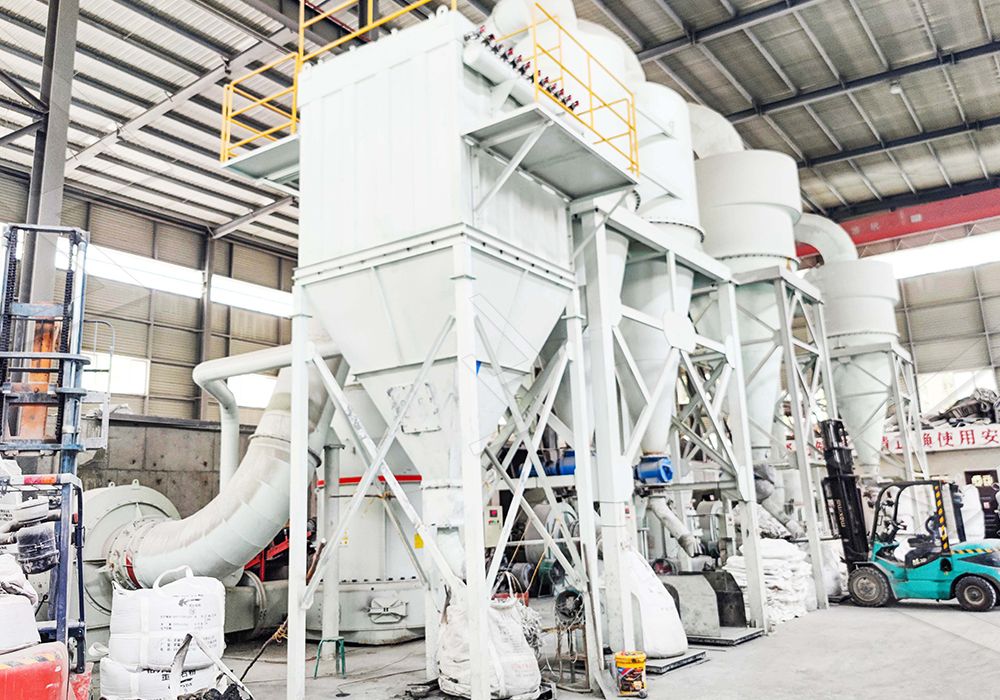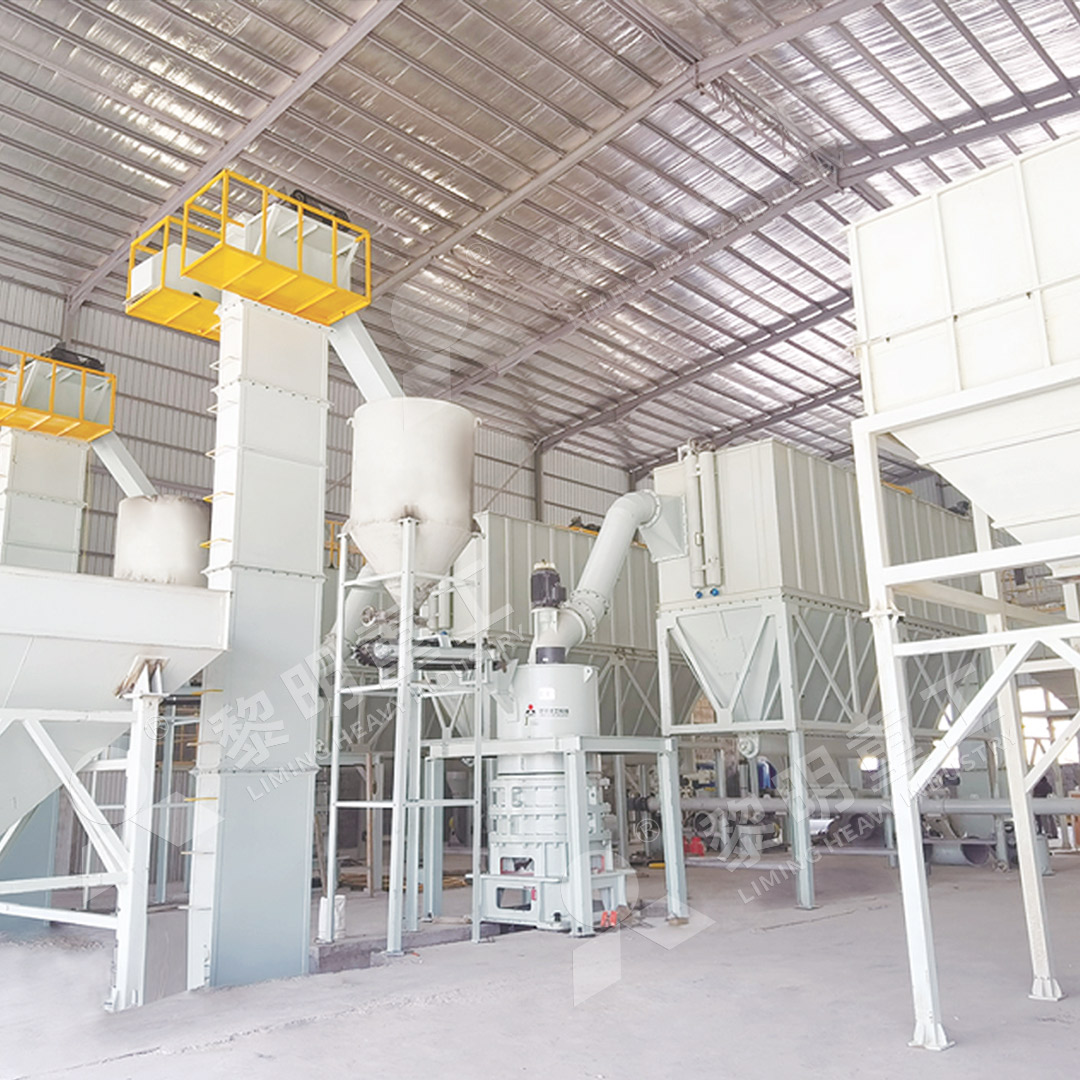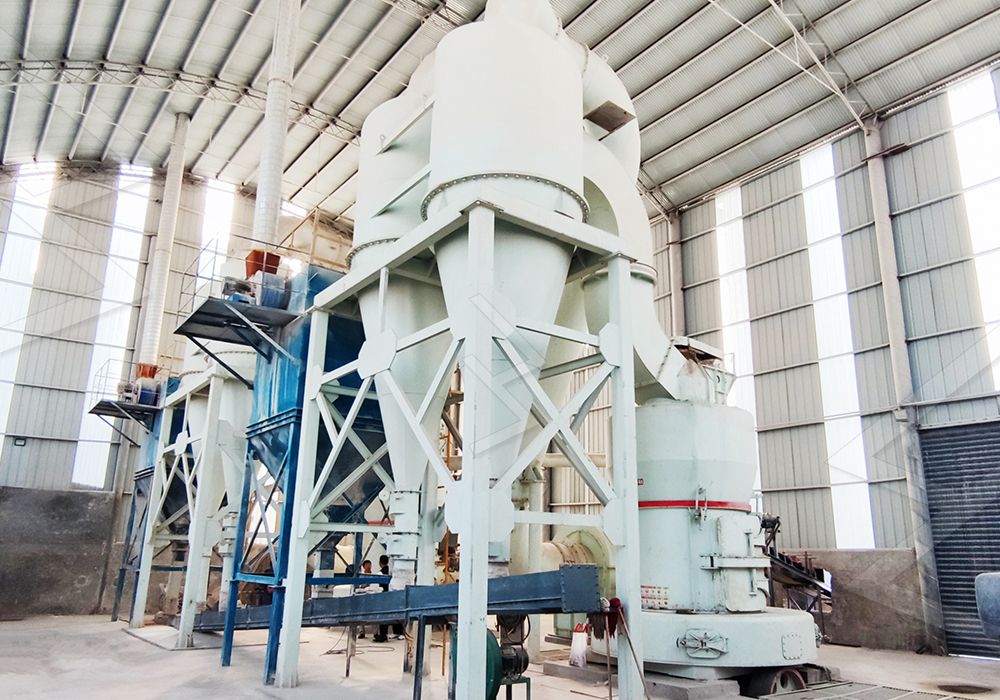Raymond Mill: A Comprehensive Guide to Industrial Grinding Equipment
Raymond Mill: A Comprehensive Guide to Industrial Grinding Equipment
In the world of industrial processing, grinding equipment stands as a cornerstone technology that transforms raw materials into fine powders for countless applications. Among these workhorses, Raymond Mill has established itself as a reliable and efficient solution for medium-fine powder production across numerous industries.
The Evolution of Grinding Technology
Raymond Mill, named after its inventor, has been serving industries since the early 20th century. The fundamental principle involves grinding materials between rollers and a grinding ring, with centrifugal force driving the process. What began as a simple mechanical concept has evolved into sophisticated systems that incorporate advanced separation, drying, and classification technologies.

Traditional Raymond Mills typically handle materials with input sizes below 25mm and capacities ranging from 0.6 to 5 tons per hour. These machines have found their place in desulfurization plants, metallurgical operations, non-metallic ore processing, and construction material production. The optimized R-series Raymond Mills offer improved efficiency with lower energy consumption and reduced environmental impact compared to earlier generations.
Beyond Traditional Grinding: The Modern Approach
While traditional Raymond Mills continue to serve many applications effectively, technological advancements have led to more sophisticated solutions for specialized needs. The demand for ultra-fine powders with precise particle size distribution has driven innovation in grinding technology.
For operations requiring superior fineness control and higher production capacity, our MW Ultrafine Grinding Mill represents a significant leap forward. This advanced system handles materials up to 20mm in size with production capacities ranging from 0.5 to 25 tons per hour. Designed specifically for customers needing ultra-fine powder, this machine incorporates efficient pulse dust collection and noise reduction features that minimize environmental impact throughout the production process.

Key Advantages of Modern Grinding Systems
The MW Ultrafine Grinding Mill demonstrates several technological improvements over conventional systems. Its newly designed grinding curves for rollers and rings enhance grinding efficiency significantly. Comparative performance data shows production capacity approximately 40% higher than jet mills and stirred grinding mills at equivalent fineness and power consumption. Even more impressively, the yield doubles that of traditional ball mills while system energy consumption drops to just 30% of jet mill requirements.
Perhaps most notably, the MW series offers adjustable fineness between 325-2500 meshes through its German-engineered cage-type powder selector. This technology effectively increases powder separation precision, with multi-head configurations available to meet specific production requirements for yield, fineness, and sieving rate. The system achieves remarkable consistency with screening rates reaching d97≤5μm in a single pass.
Engineering for Reliability and Sustainability
Modern grinding equipment addresses historical maintenance challenges through innovative design. The MW Ultrafine Grinding Mill eliminates rolling bearings and screws within the grinding chamber, removing concerns about bearing damage or seal failures. The external lubrication system enables continuous operation without shutdowns for maintenance, supporting 24-hour production schedules.
Environmental considerations are integral to contemporary mill design. The efficient pulse dust collector ensures no dust pollution during operation, while silencers and noise elimination rooms reduce acoustic impact. These systems comply fully with national environmental protection standards, representing the industry’s commitment to sustainable operations.

For operations requiring vertical grinding solutions, our LUM Ultrafine Vertical Grinding Mill offers another sophisticated option. With independent design incorporating Taiwanese grinding roller technology and German powder separating technology, this system handles materials up to 10mm with capacities of 5-18 tons per hour. The unique roller shell and lining plate grinding curve prevent material lingering time issues common in traditional mills, ensuring high finished product rates through single-pass powder milling.
Applications Across Industries
Modern grinding equipment serves diverse material processing needs. From limestone, calcite, and dolomite to petroleum coal, gypsum, barite, marble, talc, and coal powder, these systems transform raw materials into valuable powders for chemical industries, paint production, cosmetics, pharmaceuticals, and food additives.
The precision achieved through digital processing—with numerical control governing cutting, bending, planing, milling, and painting operations—ensures consistent performance and reliable operation. Combined with comprehensive technical support and genuine spare parts availability, these advanced grinding systems provide worry-free operation for industrial customers worldwide.
Frequently Asked Questions
What distinguishes ultra-fine grinding mills from traditional Raymond Mills?
Ultra-fine grinding mills like the MW series offer significantly higher fineness control (up to 2500 meshes compared to typically 600-800 meshes for standard Raymond Mills), superior energy efficiency, and advanced separation technology for more precise particle size distribution.
How does the MW Ultrafine Grinding Mill achieve its environmental benefits?
The system incorporates multiple environmental protection features including efficient pulse dust collectors that prevent dust pollution, silencers and noise elimination rooms that reduce acoustic impact, and energy-efficient designs that lower overall power consumption by 30-50% compared to alternative technologies.
What maintenance advantages do modern grinding systems offer?
Contemporary designs like the MW Ultrafine Grinding Mill eliminate rolling bearings and screws within the grinding chamber, removing common failure points. External lubrication systems enable maintenance without production stoppages, and reversible structures in models like the LUM series simplify roller inspection and replacement.
Can these systems handle heat-sensitive materials?
Yes, advanced grinding mills incorporate precise temperature control through optimized air flow and grinding pressure management, making them suitable for heat-sensitive applications in pharmaceutical, food, and chemical industries.
What technical support is available for these grinding systems?
Comprehensive support includes installation guidance, operational training, preventive maintenance programs, and genuine spare parts supply to ensure continuous operation and maximize equipment lifespan.
